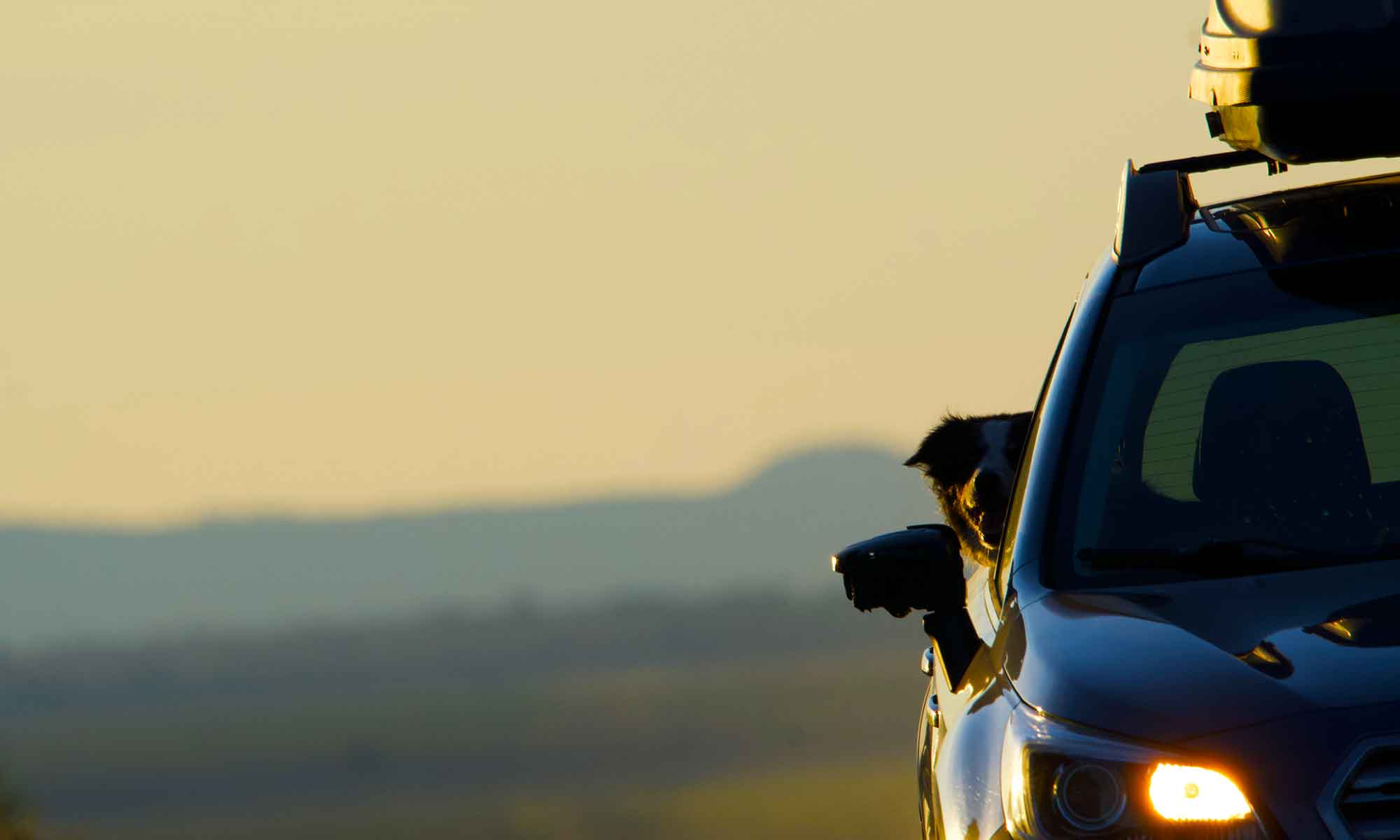
It wasn’t that long ago you needed to carry a camera if you wanted pictures. Of course, this was not always conducive to the spontaneous capture of life’s simple events … all possible with phone and app.
 This blog has always been an excuse to post pictures the way we want them to be seen. To that end, we’ve pushed the limits of our iPhone cameras.
This blog has always been an excuse to post pictures the way we want them to be seen. To that end, we’ve pushed the limits of our iPhone cameras.
Simple lenses offer a fraction of the image detail, but it does get a boost from some very clever software and offers some pretty good pictures.

We enjoy exploring remote landscapes, so naturally wildlife photography is one of our interests. iPhones, unfortunately, are not great tools for this type of image taking.
We’re not advocating abandonment of smart phones, it’s just time to up our game a bit.
This week we spent nearly every day working with a Sony mirrorless system and super telephoto lens. There were some successes and plenty of learning opportunities.

We made good use of the rental. By the end of the week we had completed 9 separate shoots and taken nearly 10,000 images. It was a great experience … and we are hooked!











 It’s not clear if all this leads to more fish. The immersive nature is part of the fun. Plus you get to see lots of interesting creatures. Lately we’ve been pointing the macro lens at the collection tray and the videos are otherworldly, but a bug hunt is also part of the fun.
It’s not clear if all this leads to more fish. The immersive nature is part of the fun. Plus you get to see lots of interesting creatures. Lately we’ve been pointing the macro lens at the collection tray and the videos are otherworldly, but a bug hunt is also part of the fun.


 I think the saying goes, “the best camera is the one you have in your hand.” For must of us, it’s now our phone. Paired up with the Internet, smart phones have forever changed picture sharing.
I think the saying goes, “the best camera is the one you have in your hand.” For must of us, it’s now our phone. Paired up with the Internet, smart phones have forever changed picture sharing. For blog images and YouTube videos we use a combination of DSLR and iPhone. This month the phones got updated and that gave us a much better camera. To this we’ve also added lenses specifically designed for smart phones.
For blog images and YouTube videos we use a combination of DSLR and iPhone. This month the phones got updated and that gave us a much better camera. To this we’ve also added lenses specifically designed for smart phones.

